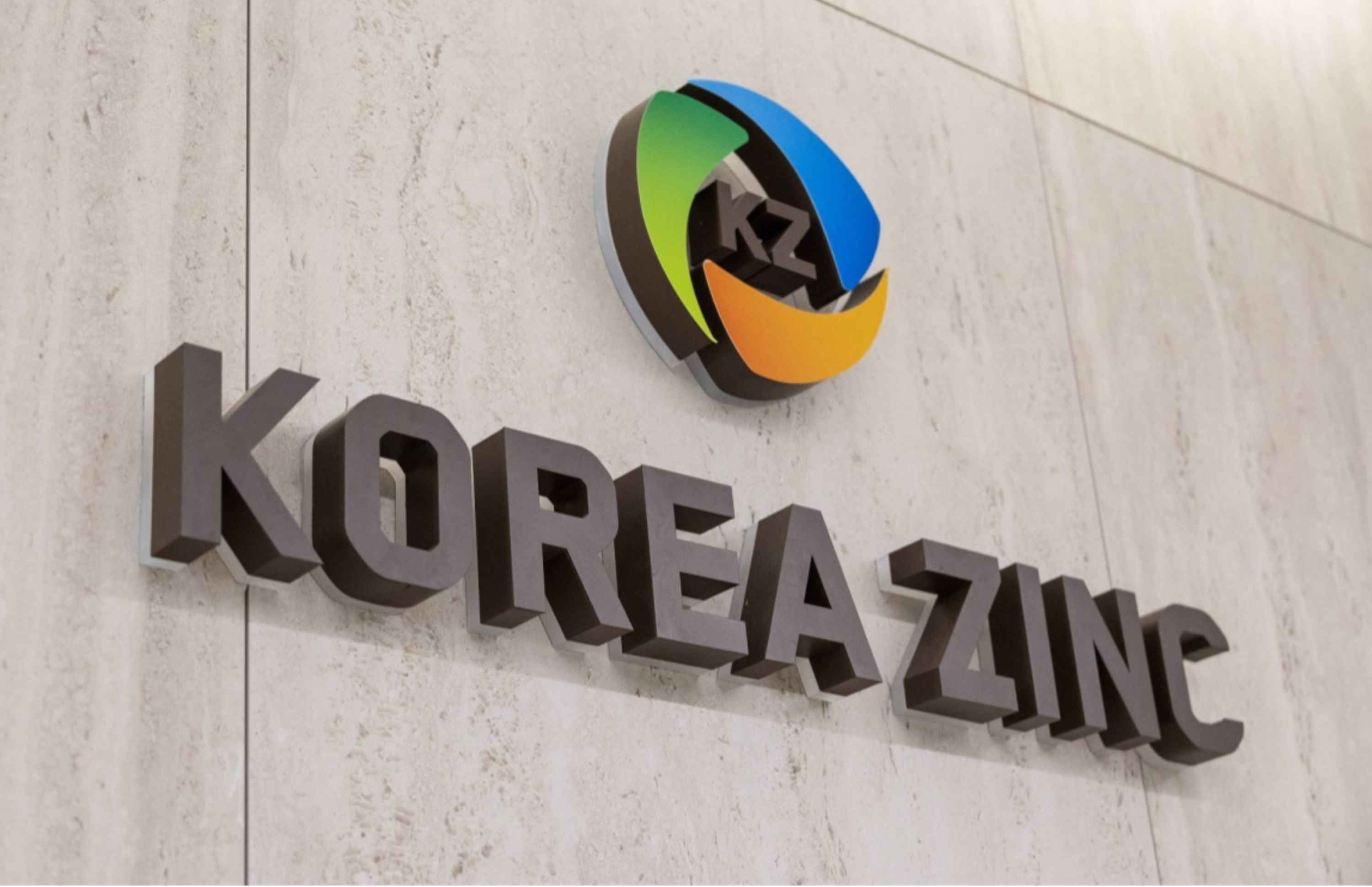Korea Zinc doubles up on critical materials with gallium recovery circuit in Ulsan
News Analysis

22
Oct
2025
Korea Zinc doubles up on critical materials with gallium recovery circuit in Ulsan
On 19 October, Korea Zinc announced that it would commence construction of a 15.5tpy gallium recovery circuit. This development follows the recent announcement of a memorandum of understanding (MoU) between Lockheed Martin and Korea Zinc, under which Korea Zinc will construct a 10tpy Ge recovery circuit.
In conjunction with its germanium recovery circuit, Korea Zinc will invest around KRW55.7Bn (US$39.3M) in the construction of a gallium recovery circuit at its Onsan plant in Ulsan, South Korea, with pilot operations expected to commence in H1 2028.
Once fully operational, the plant will be capable of recovering up to 15.5tpy of primary gallium from zinc concentrates.
Additionally, the gallium recovery circuit is expected to be capable of extracting an additional 16tpy of indium once full production has been reached. However, these indium units are considered mostly inconsequential as Korea Zinc already produces around 150tpy of indium products from zinc processing.
As noted by Korea Zinc, the gallium recovery circuit could result in a profit of KRW11.0Bn (US$7.7M) at a gallium price of US$920/kg Ga. However, EXW China gallium prices (4N) stand at around US$230/kg, highlighting the potential premium associated with producing gallium from zinc concentrates.
Nonetheless, the recent developments reflect a broader trend of initiatives aimed at reducing Western reliance on China’s primary gallium production. Historically, producers outside China have struggled to compete on cost, largely due to China’s advantages in low-cost chelating resins and specialised technical expertise.
As a result, securing long-term supply agreements is critical to maintaining ex-China production. Currently, Western buyers are facing a severe shortage of material, as evidenced by ex-China premiums soaring to more than 150% above EXW China gallium prices.
The greatest uncertainty lies in whether new gallium projects will be commissioned successfully. A significant industry shift could occur if production from these primary sources enters the market and long-term supply contracts are secured. Under such a scenario, China’s dominance would diminish from complete control of the market to primarily serving its domestic needs and exporting only modest volumes.